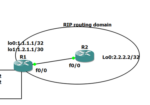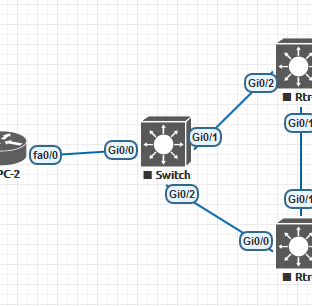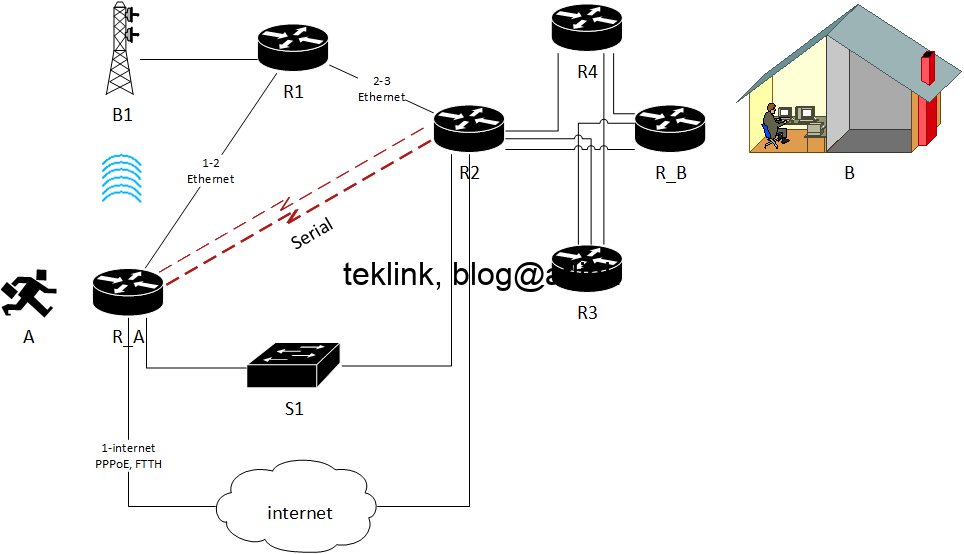As a general rule the current coverage index should be greater than cov-idxacceptable and equivalent to cov-idxideal, [3].
Coverage index, cov-idx, that acts directly on transmission power level on a given channel is a function of detected access points SNR on the same channel as it is measured relatively by each other.
It corresponds to the sum of two variables « x » and « y ». « x » being the weighted average of all other access points SNR as being measured by the current access points. « y » is the weighted average of processed « x » variables by other access points from the same vendor and on the same channel [2].
Example of power processing
As an example let’s consider a set of 3 access points : AP1, AP2, and AP3, that reports respectively these SNR measures : (SNR12, SNR13), (SNR21, SNR23), and (SNR31, SNR32). Then the coverage indexes are written as follows for every access point:
- cov-idx(AP1) = x1/y1
- cov-idx(AP2) = x2/y2
- cov-idx(AP3) = x3/y3
Such as,
- x1 is a function of SNR21, SNR23, SNR31, SNR32
- x2 is a function of SNR12, SNR13, SNR31, SNR32
- x3 is a function of SNR12, SNR13, SNR21, SNR23
- y1 a function of x2 and x3
- y2 a function of x1 and x3
- and y3 a function of x1 and x2
SNRs and EIRPs
SNRs when they are processed at the same time as EIRPs (sent previousely in ARM Over the Air Updates) can help accurate processing of xn and cov-idx(APn). It is to notice that SNR measures are based on received signal and are processed locally whereas EIRP are reported measures at transmission that are sent over ARM management messages to neighboring access points and back to controller for consolidation.





